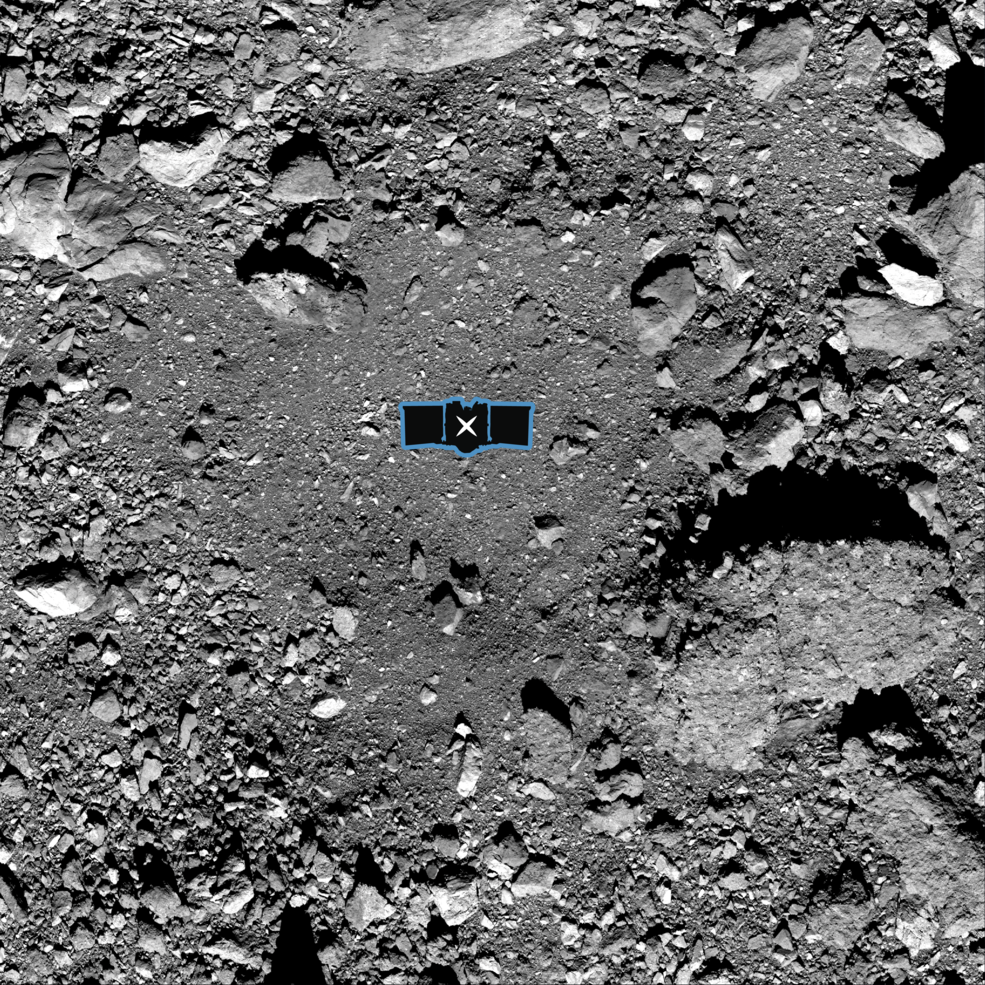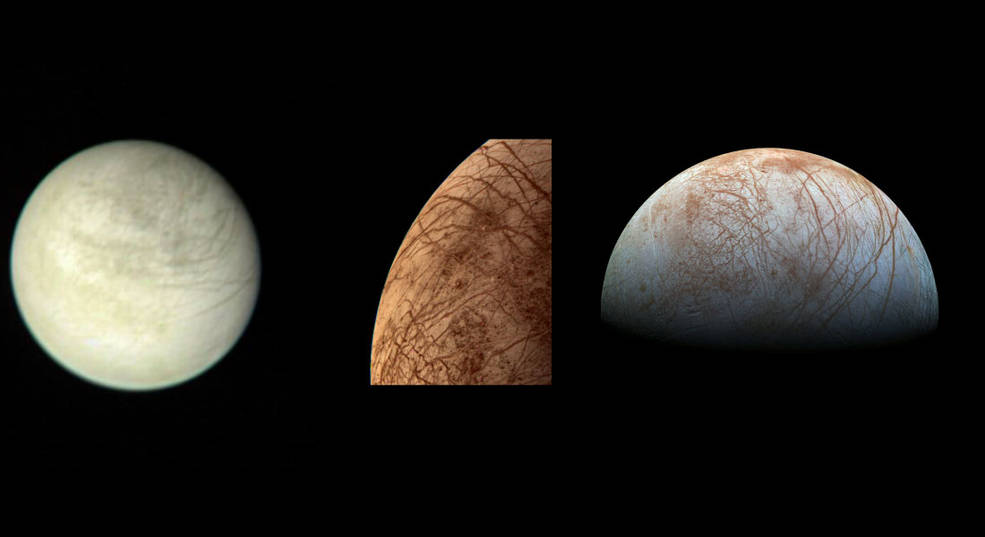新任务将首次观测太阳的两极
一艘新的宇宙飞船正在飞往太阳,拍摄太阳南北两极的首批照片。 由欧洲航天局与NASA合作的太阳轨道飞行器(Solar Orbiter)将于美国东部时间2020年2月7日下午11:15从卡纳维拉尔角发射升空。该航天器将利用金星和地球的引力使自己脱离黄道平面——这一区域大致与太阳的赤道平行,所有行星都围绕该区域运行。 “在太阳轨道飞行器之前,所有的太阳成像仪器都在黄道平面内或非常接近黄道平面,”华盛顿特区海军研究实验室的空间科学家罗素·霍华德说,他是太阳轨道飞行器十种仪器之一的首席研究员。“现在,我们可以从上面俯瞰太阳了。” 太阳轨道飞行器高度倾斜轨道的一部分的动画。 来源: ESA/ATG med […]










